
In May I rented the new AF-S 70-200mm f/2.8E and tested it on my D4 in Greenland - see my review. Optically, I think it is the best AF Nikkor in the 70-210mm range. But in terms of ergonomics it disappointed me. For my summer holidays on the Azores I also needed a telezoom, especially for shooting whales and dolphins. Because I wanted to go light, I thought about renting an AF-S 70-200mm f/4 VR for my Df. The rent for three weeks starts at around 250 euros. But then I saw the old 70-200mm f/4 from the 80s in like-new condition for 175 euros. Ken Wheeler - aka "the angry photographer" - has this lens on his "secret lens" list. After a few test shots I decided to take it along with me to the Azores!
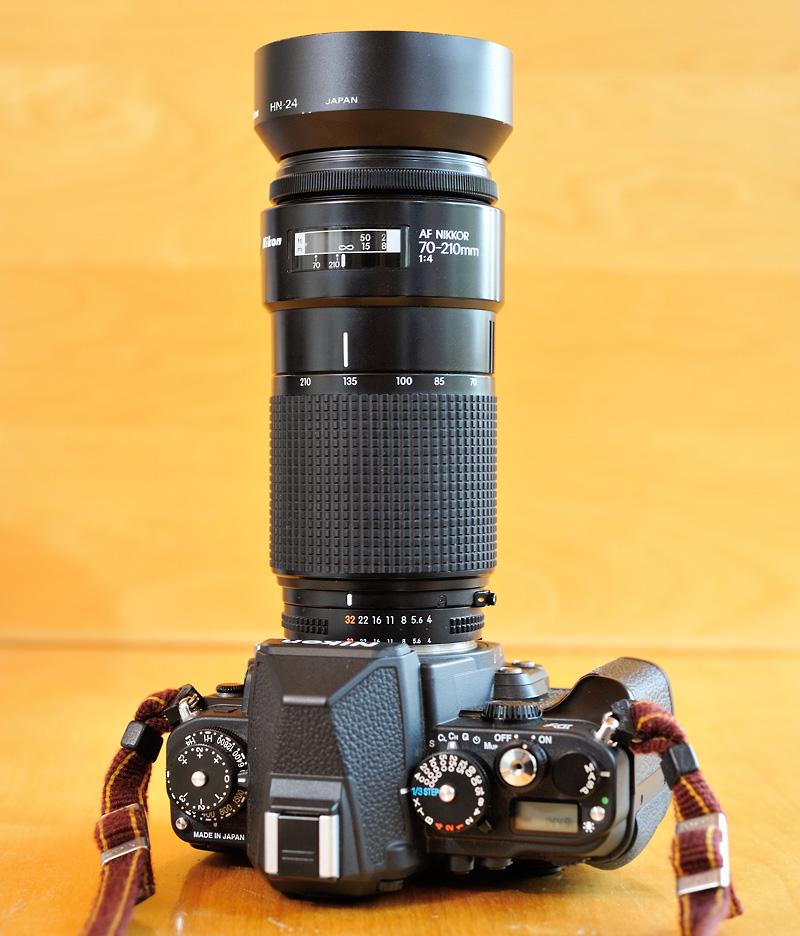
|
|
The AF Nikkor 70-210mm f/4 was introduced in 1986. Only one year later it was replaced by the AF Nikkor 70-210mm f/4-5.6. |
|
|
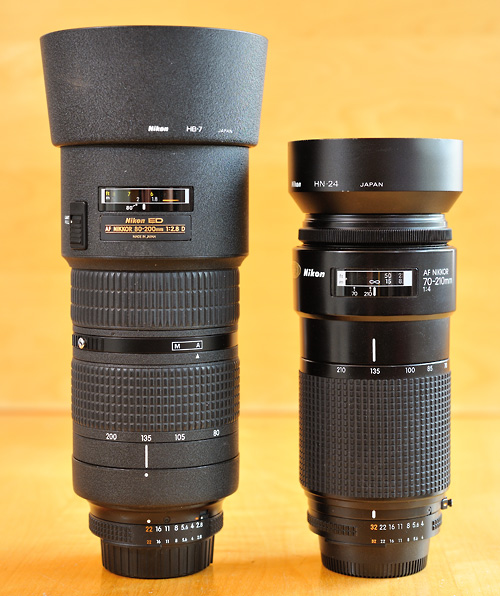
|
|
Size comparison: to the left my good old AF 80-200mm f2.8D, to the right the slightly older AF 70-210mm f/4. The f/4 weighs 540g less than the f/2.8. |
In 1986 Nikon introduced their second SLR AF system (after the F3AF): the F-501 (in US: N2020) together with a couple of matching AF lenses. This 70-210mm is one of these lenses. Many people - including me - did not like the small plastic focus rings of the first AF lenses. My expectation was that manual focussing must be terrible with these lenses. Therefore I skipped this generation - my first AF Nikkor was a 85mm f/1.8 with a rubberised focus ring I bought in 1988. But later - in the "ebay age" - I tried some first generation lenses and mostly found them to be not great but ok for manual focussing.
This telezoom is no exception. In conjunction with a lightweight camera - like the F-501 or the Df - the centre of gravitation is in the right position for easy manual focussing, see image below. In AF mode you can grab the fixed ring with the distance window for holding the lens tightly without hindering the AF operation.
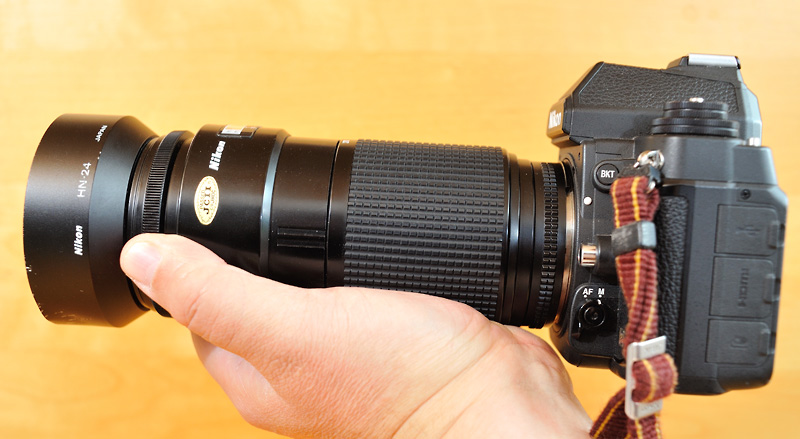
|
|
The ergonomics for manual focussing are good. |
Optically, this 30-year-old lens is very good. At F4 it is reasonably sharp, at F5.6 most of the frame is sharp. That would be good for a rating of 4 out of 6. But my rating is only 3.5 because of these three issues:
Vignetting at F4
The lens shows hefty vignetting at the long end at F4. Correcting vignetting in post processing is easy but implies you lose speed!

|
|
A cement works, shot with 210mm at F4 & 1/3200sec and F8 & 1/800sec respectively. |
Soft corners
Especially in the range from 135mm to 210mm the corners are soft, independent of the aperture setting! Here are two 100% crops of the image above:
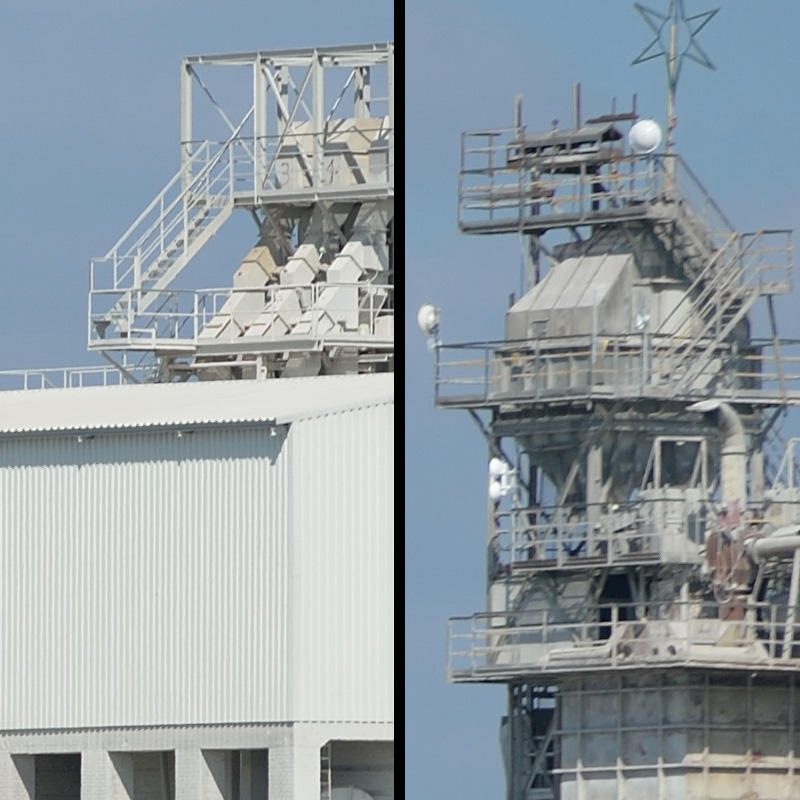
|
|
At 210mm and F8 most of the frame is pretty sharp, but the corners are soft. |
Longitudinal chromatic aberrations
At the longer focal lengths bright spots show a lot of magenta in front of the focal plane and a lot of cyan behind the focal plane respectively. The whale test ;) shows the problem:

|
|
Two shots at F8: a sperm whale (Azores, 70-210mm f/4) and a humpback whale (Iceland, 80-200mm f/2.8). |

|
|
The sun reflections show magenta! |
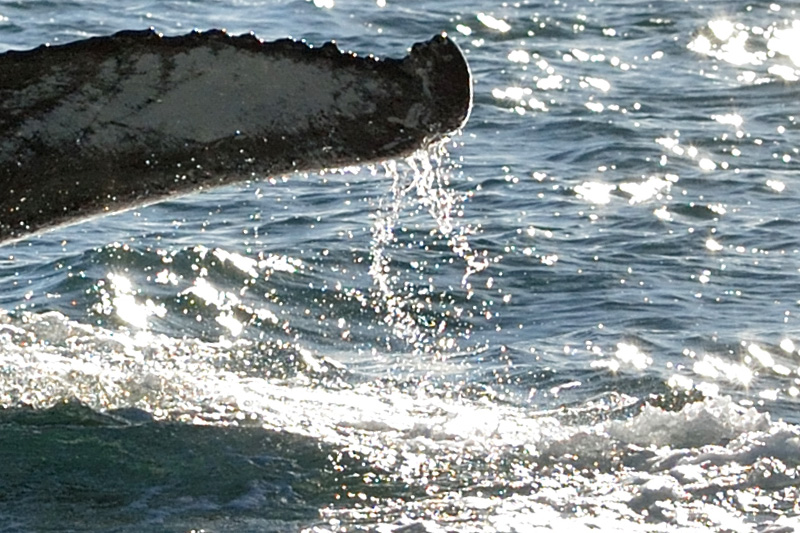
|
|
Although there are much more reflections in this image, the 80-200 f/2.8 doesn't show LoCAs at F8. |
LoCAs are correctable in postprocessing. But of course, it is much better not to have this artefact in the first place!
For now, I decided to keep this lens. I can live with the above-mentioned issues. My 80-200mm f/2.8 is a bit better for landscape or wildlife photography. But the 70-200mm f/4 is lighter, smaller and clearly the better lens for close-ups! Maybe, I will try the 70-200mm f/4 VR one day. I will let you know.
Is Ken Wheeler right? Is this a "secret lens"? Yes and no, it is a solid performer for a really good price, but it is not a jewel.
A few years ago I tested the successor of this lens, the AF Nikkor 70-210mm f/4-5.6, which is a secret lens of the other Ken ;). But I was not really impressed. At F8 and 210mm it appeared a little bit soft all over to my eyes.
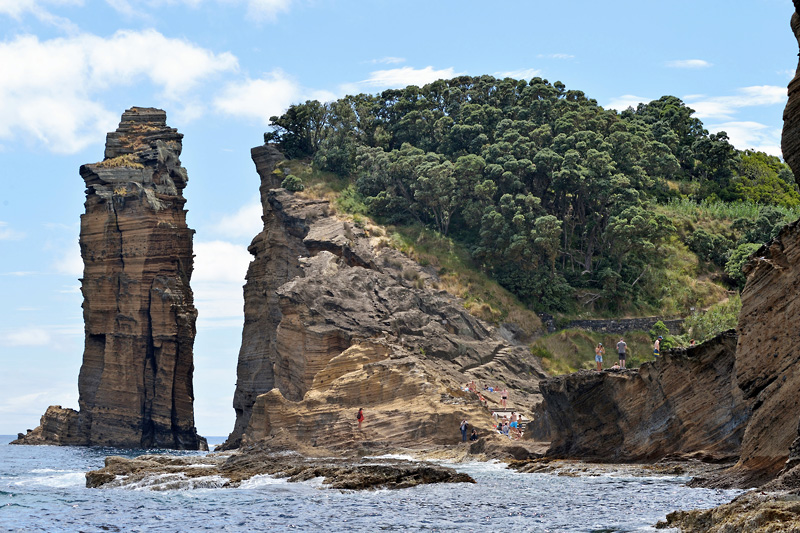
|
|
Ilhéu de Vila Franca do Campo. A litle volcanic island at the south coast of São Miguel/Azores, very popular for bathing and snorkelling. Captured with the Nikon Df plus AF 70-210mm f/4 @80mm |
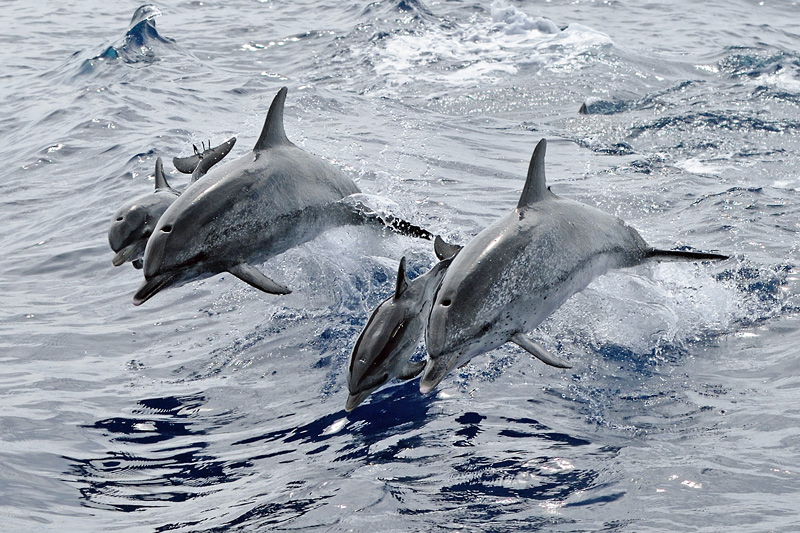
|
|
Mothers and children. Atlantic spotted dolphins enjoy the waves south of São Miguel/Azores. Shot with the Nikon Df plus AF 70-210mm f/4 @110mm |

|
|
Cows in the Furnas Valley on São Miguel/Azores. Nikon Df plus AF 70-210mm f/4 @165mm. |
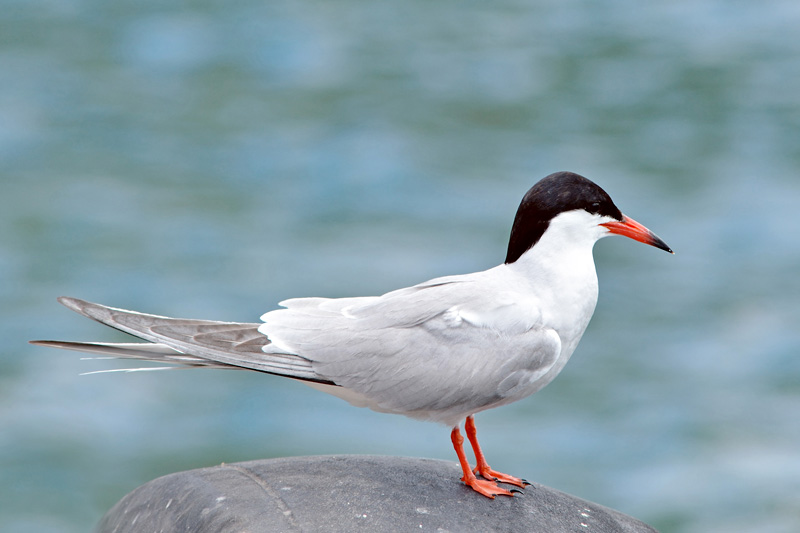
|
|
On the Azores you will find a lot of common terns. Shot with the Nikon Df plus AF 70-210mm f/4 @210mm. |